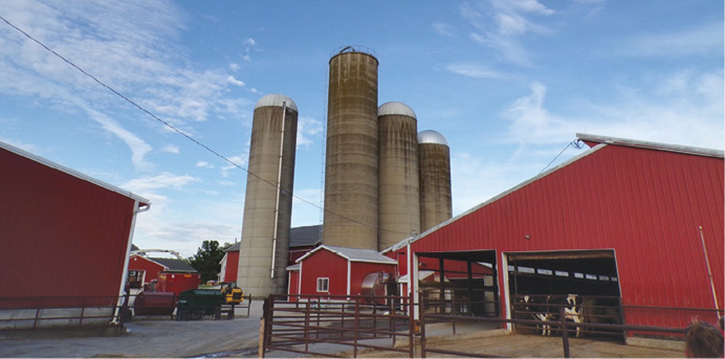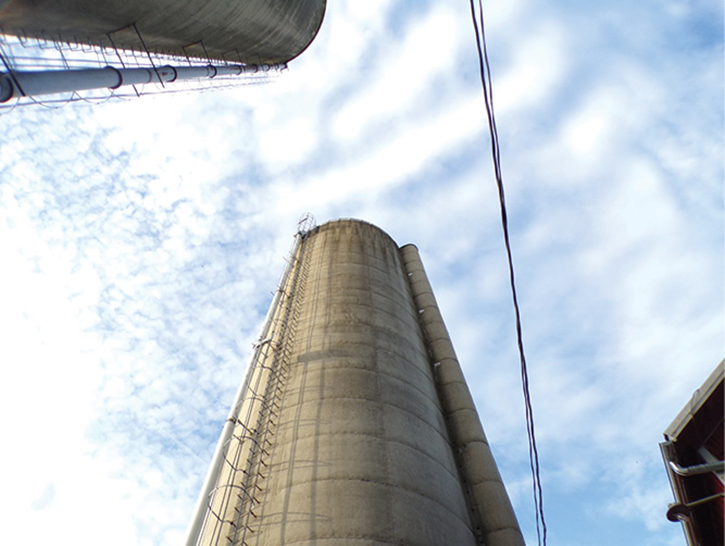Truck companies are not only in metropolitan areas with high-rise buildings and frequent alarm drops but also have their place in rural America and may be more versatile in rural settings. How can a truck company be more useful in the country than in the city? How many big-city truck companies use their rigs to make a rescue out of a manure pit? Have you ever seen a 100-foot-tall silage silo while strolling down the streets of Boston? You won’t often find a building higher than three or four stories out here in corn country or any taxpayers or rowhouses, but both truck companies are staffed with professionals who set out to do the job and do it right.
What Truck Companies Do
A truck or ladder company performs forcible entry, search and rescue, ventilation, salvage, overhaul, and utilities control. It provides access to upper levels of structures and may provide elevated water streams, extrication, and emergency medical services (EMS).
Can a crew on an engine or a rescue complete most of those basic tasks we all learned at the fire academy? An urban dedicated truck company performs the tasks above day in and day out. But a rural truck may function as a truck, an engine, or even a rescue company, depending on the need.
RELATED FIREFIGHTER TRAINING
Truck Company Work in the Rural Environment
Suburban Fire Tactics: Accounting for Truck Functions in a Non-Truck World
I am not a truckie and would have no clue what to do if I were put on a Fire Department of New York truck company for a day. Although I have learned and performed the majority of the truck company tasks listed above, my “specialty” is doing whatever needs to be done at the time. I could be riding on the ladder, or the engine, or the ambulance.
On a combination company, you ride on whatever apparatus is needed for the call. We run a lot of EMS, but alarm drops, motor vehicle accidents, tech rescues, and fires are less common. We run more EMS calls than we do fires. We’re the jack of all trades, masters of none.
Down on the Farm
The city and country differ dramatically. In the country, we will never face the ordinary hazards found in the city and vice versa. Other than a trip my wife and I take to New York every five years or so, I do not usually set foot in any high-rise buildings let alone any on fire. If you spend your days off in a pub in Boston, then most likely you will not experience lying on a ladder over a manure pit on a dairy farm. Among our challenges in the country is the variety of calls we may face, especially responding to farms. A truck company (we call it a ladder truck) is quite the apparatus when we deal with farm emergencies.
Silage Silos
Next time you bite into that greasy bacon cheeseburger, remember that the premium beef you are eating was most likely raised and butchered in rural America. I grew up farming, feeding both beef and dairy cattle. The cattle devour silage, which is fodder made from green foliage crops (e.g., corn, clover, alfalfa). These are cut prior to maturity and have a high moisture content. The entire plant is used and, after it is chopped, it is usually placed in a silo. Most silos in the area where I work are around 100 feet tall (photo 1).

(1) Photos courtesy of the Seville-Guilford (OH) Fire Department.
Because of the moisture in the fodder, the silage ferments in these sealed silos. As it ferments, it produces multiple gases—the two most common being carbon dioxide and nitric oxide, which can easily render people unconscious who are not equipped with proper respiratory protection.
Silage silos have enclosed ladders running up the sides to the top. In photo 2, the enclosed ladder is to the right on the silo. Most farmers are very conscientious and monitor the atmospheric gas levels while working in/near their silos, but incidents do happen. Truck companies (ladder trucks) are ideal in these situations. Possibly, we may have to rescue an unconscious victim 100 feet up in the air. By using our aerial apparatus as well as some rope rescue equipment, we can make these rescues as safe as possible. Having an aerial apparatus in the rural setting allows us to easily access these high locations.

(2)
Silage silos are constructed of steel and concrete, but their contents are still considerably combustible. From time to time, we encounter a silo fire in which an aerial apparatus with a waterway comes in handy.
Another scenario is a dust explosion. Five components are needed for a dust explosion: oxygen, a confined space, an ignition source, dispersion, and a fuel source (grain dust).
Manure Pit Rescue
Cattle eat and excrete a lot! The amount of excrement produced and its hazards are out of this world. Most dairy farms have manure pits to manage the immense amount of waste—essentially in-ground swimming pools designed to hold manure until it can either be pumped elsewhere or spread on the fields (photo 3). Most pits are 10 to 15 feet deep and hold considerable amounts of waste.

(3)
Like silage, manure also ferments in storage, producing hazardous gases including methane, hydrogen sulfide, carbon dioxide, and ammonia, which pose similar risks to those found in silos. From time to time, calves will fall into a manure pit and will need to be rescued. A farmer may attempt to retrieve the calf himself and be overcome by the harsh gases, creating an emergent situation for us. The benefit of a truck company is having a multitude of ground ladders and the aerial. An aerial device is an excellent tool for retrieving a victim in a below grade rescue involving a manure pit.
Farm rescue scenarios are not that frequent. Most of our farm communities employ safe practices. We do keep our farm rescue and truck company skills current and put them to use. Whether you are making a rescue 75 feet up the side of a high-rise or while hanging over a manure pit, you are using your truck skills. Below or above grade, in a bustling metropolis or in a cow pasture, we all get the job done.
Thomas Gross is a captain and training officer with the Seville-Guilford (OH) Fire Department and a fire medic with the Central Fire District in Smithville, Ohio. A first-generation firefighter and third-generation farmer, he has firefighter 2, paramedic, fire instructor, and emergency medical instructor certifications.

